
Posted by Philip Wallinder
3 February 2025Philip Wallinder is fast gaining a reputation in the Centre as an authority on local sites of interest. This week, he reports back from Hemyock Castle.
In one of my previous blog posts I talked about my own visit to Kirkham House, in Paignton, which is usually only open on Sundays in July and August, and during bank holidays. This time, I wanted to talk about a visit to another unusual property in Devon: Hemyock Castle, in the village of Hemyock (near Cullompton, in North Devon). I visited Hemyock Castle with some friends in the first week of September 2024 as part of the Heritage Open Day festival. Heritage Open Days are an opportunity to visit many such historic sites that are either rarely open or simply overlooked.
Originally, I had intended in this post to talk about Heritage Open Days more generally, but the other monument I visited this year — Exeter City Wall — is already very well documented online. More than 70% of the city wall survives, including many of the towers (but none of the gates). If you are interested in learning more I would recommend one of the free Red Coat tours, which run on Wednesdays at 11am.
So, what it so interesting about Hemyock Castle, and why do I want to talk about it? Aside from being picturesque, as you can see, the castle has an unusual layout.
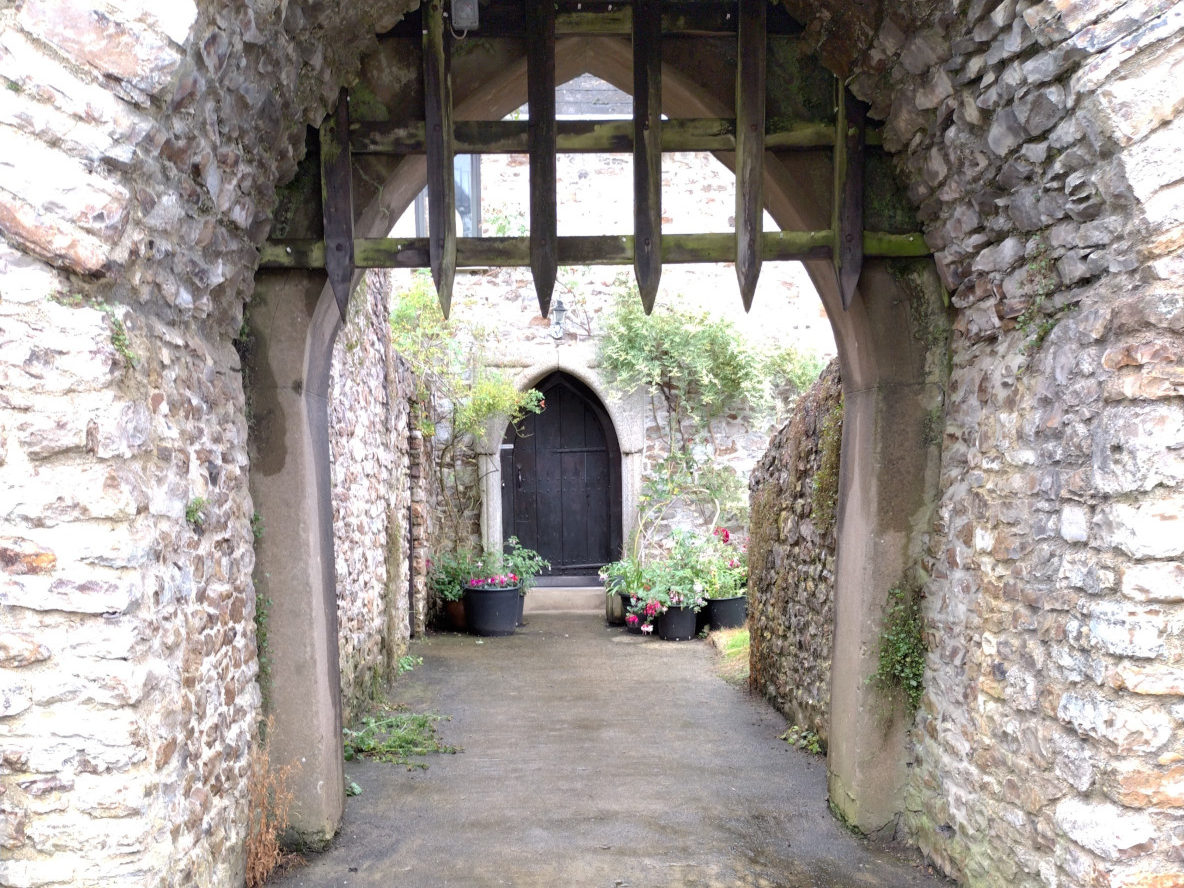
The unusual layout of the castle is apparent when one passes through the fortified gateway and is almost immediately met by the front door of the manor house, rather than the more usual courtyard and stable block. Although the castle was ‘slighted’ (made indefensible) following the English Civil War, the main gatehouse and parts of some towers remain, as well as two later guard houses (now rented cottages) that originally covered the approach to the main gate and drawbridge, before the stream that formed the moat was diverted.
Whereas Devon’s more famous castles, like Okehampton or Exeter, were purpose-built fortresses and elite residences, Hemyock Castle is an example of a non-royal castle which originated as a more humble fortified manor house. In the late 14th Century, when Richard II granted the licence to crenulate, the manor was held by Sir William Asthorpe, who received it when he married the heiress, Margaret Dynham.
The improved fortifications included walls, towers, two fortified gates, and a moat. However, Sir William opted not to build a keep, instead enclosing his existing manor house within the new walls, as you can see from the reconstructed model (based on archaeological excavations) pictured below.
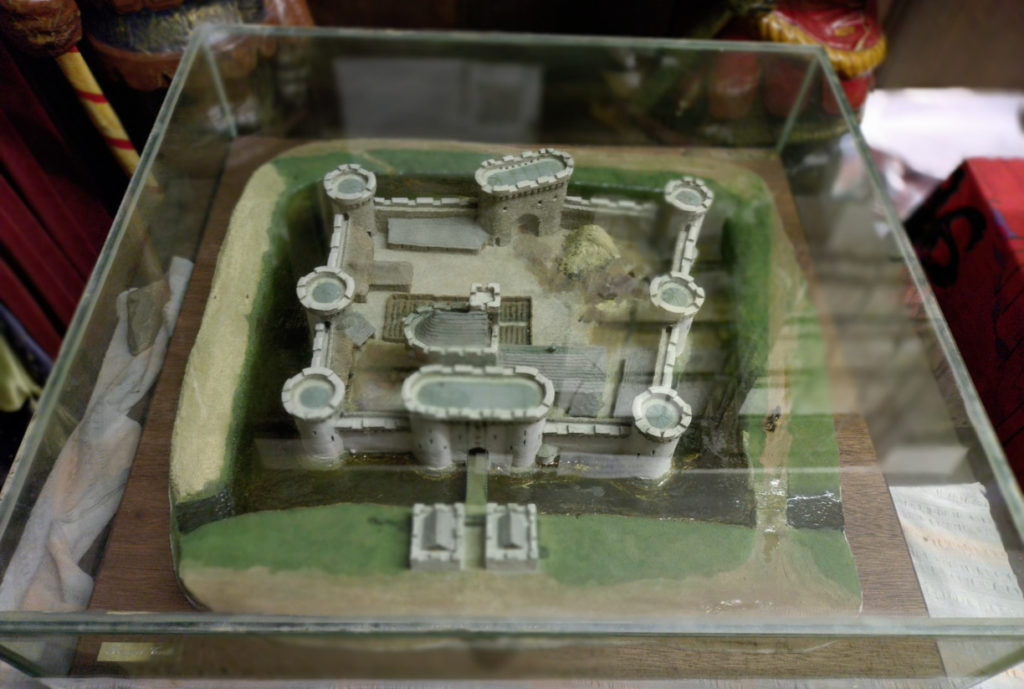
Not only did the walls originally overtop the manor-house entirely, but the castle was equipped gatehouses in both the east and west walls, significantly weakening its defences. The east gate largely survives, (pictured above) and was accessed by a drawbridge, but the second was apparently accessed by a track that was carried over the moat by some unknown means. The lack of a central keep, or other fortified living spaces, and the multiple gates, likely required due to the odd internal layout, illustrate the compromises required when adapting an existing dwelling into a castle. Despite the castle’s odd disposition, it was still a statement of power that would have dominated the local skyline and the nearby church, as can be seen from this view taken from atop the ruined gatehouse.
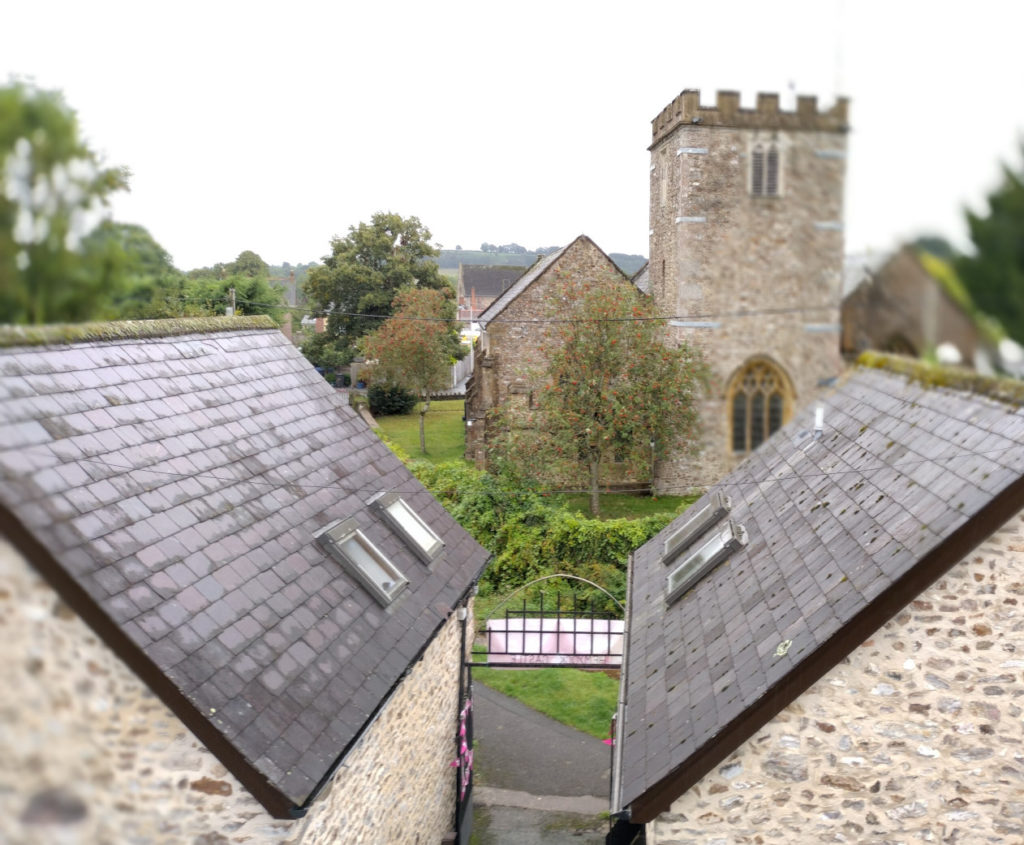
The castle passed through several families in the following centuries, and continues to be privately owned and managed today. The current owners maintain a website where they have collected information about the castle’s history and some of its previous owners, including William Ashthrope. You can visit the website here. Despite being a private home the castle is open on bank holidays between spring and autumn, and during Heritage Open Days. Although the castle was comprehensively slighted, it is still possible to trace the entire circuit of the walls today, and to trace the line of the moat.
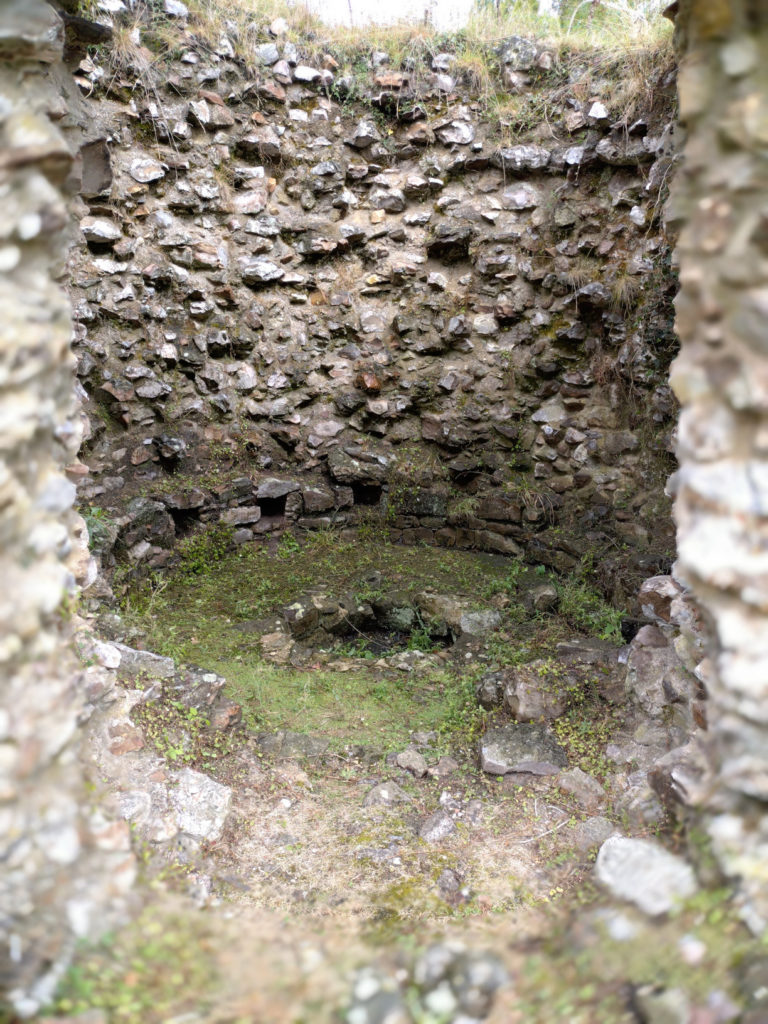
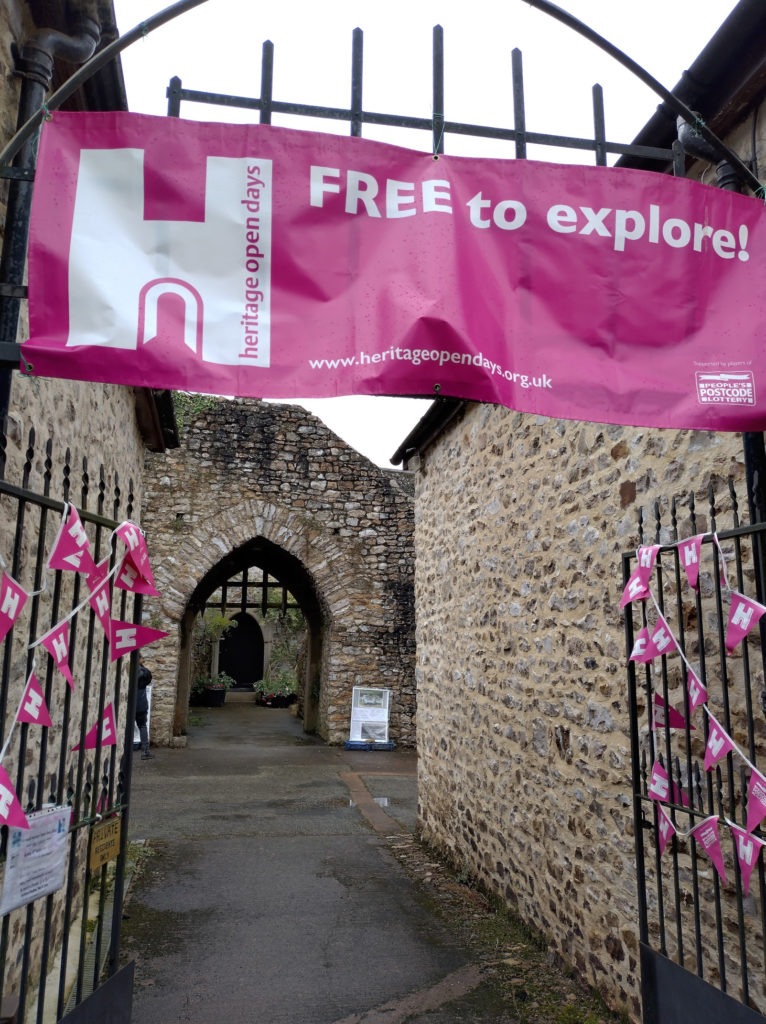
Hemyock Castle is well worth a visit, especially in the summer when you can hope for good weather. The village is most easily reached by car, off the but it can be also reached by bus, if you take the 44A from Exeter to Honiton (or the quicker X30 on weekdays) and from Exeter to Seaton and then the 20 from Honiton to Hemyock.